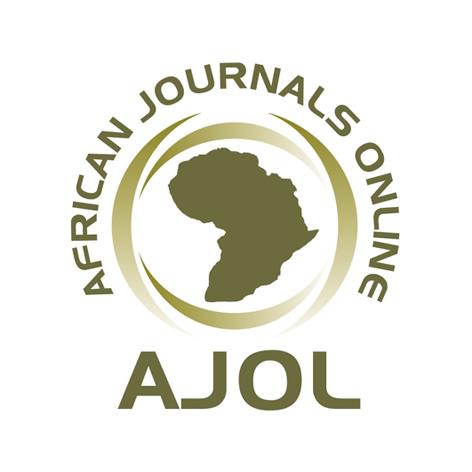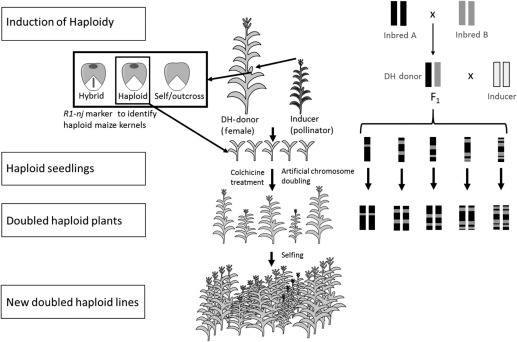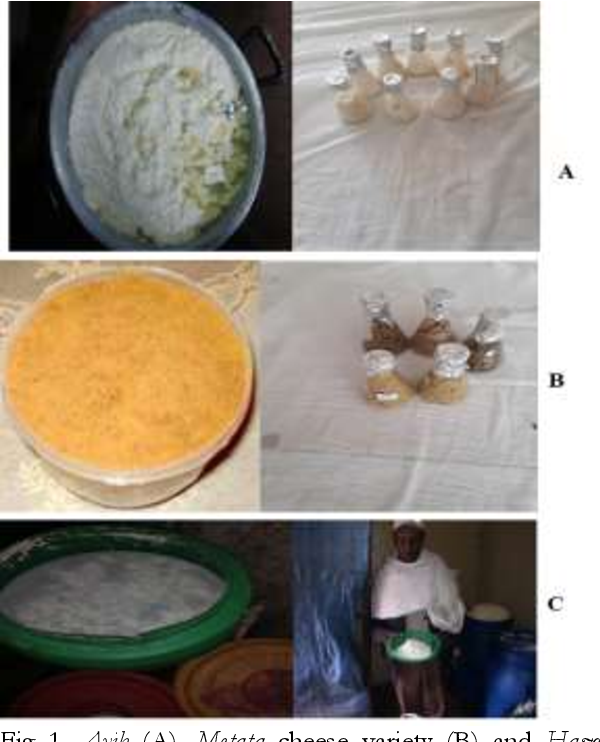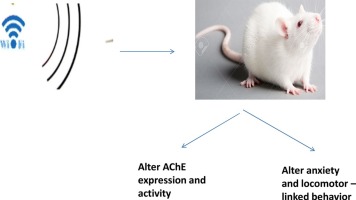Multi-criteria based Watershed Prioritization for Soil and Water Conservation: The case of Gotu Watershed, Awash River Basin, Ethiopia
Downloads
Background: In Ethiopia, soil and water conservation has often been implemented haphazardly through community mobilization during dry seasons. However, in the process, the question “which part of the watershed should be conserved first considering different criteria and which one should be the last?†is never been answered.
Objective: This study was undertaken to prioritize sub-watersheds on the basis of myriad of parameters: morphometric, soil loss, socioeconomic and related criteria for soil and water conservation activities in five catchments in Gotu watershed, Awash River basin, Ethiopia.
Materials and Methods: Advanced Space borne Thermal Emission and Reflection Radiometer Digital Elevation Model, Revised Universal Soil Loss Equation (RUSLE), socioeconomic and related data like population density, share of cultivated land, economic status, land pressure, potential labor force for conservation, conservation work performance, and share of unirrigated land were used for prioritization exercise.
Results: It was found that Gotu watershed has seven order streams with a mean bifurcation ratio of 2.1; higher stream frequency = 6.4–7.9 streams km–2; low drainage density (0.52–2.85 km km–2) and moderate drainage texture (3.7–5.7); elongated shape (Form factor = 0.16–0.23; elongation ratio = 0.45–0.53; circulatory ratio = 0.17–0.24). Using RUSLE model, the soil loss of the study catchments ranged from 0 t ha–1yr–1in the plain area up to 197.2 t ha–1 yr–1 in the steeper, and fragile part of the watershed which made catchment two an area of severe soil erosion. Considering socioeconomic parameters, catchment five and catchment two have been shown with low and high status, respectively. Therefore, the combined result showed that catchment five that measures about 17.77 km2 out of 160.56 km2 of the total area of the study watershed requires the first priority for soil and water conservation measures.
Conclusion: It is concluded that catchments with high soil loss may not usually guarantee primary attention for conservation unless the condition of socioeconomics, morphometry of catchments and related parameters simultaneously contribute to the decision-making process of conservation planners. This implies that land conservation planners should reconsider prioritization criteria of resource flows to soil and water conservation initiatives.
Copyright (c) 2021 Tesfaye Wasihun Abro

This work is licensed under a Creative Commons Attribution-NonCommercial-NoDerivatives 4.0 International License.
- I am authorized by my co-authors to enter into these arrangements.
- I warrant, on behalf of myself and my co-authors, that:
- the article is original, has not been formally published in any other peer-reviewed journal, is not under consideration by any other journal and does not infringe any existing copyright or any other third party rights;
- I am/we are the sole author(s) of the article and have full authority to enter into this agreement and in granting rights to Springer are not in breach of any other obligation;
- the article contains nothing that is unlawful, libellous, or which would, if published, constitute a breach of contract or of confidence or of commitment given to secrecy;
- I/we have taken due care to ensure the integrity of the article. To my/our - and currently accepted scientific - knowledge all statements contained in it purporting to be facts are true and any formula or instruction contained in the article will not, if followed accurately, cause any injury, illness or damage to the user.
- I, and all co-authors, agree that the article, if editorially accepted for publication, shall be licensed under the Creative Commons Attribution License 4.0. If the law requires that the article be published in the public domain, I/we will notify Springer at the time of submission, and in such cases the article shall be released under the Creative Commons 1.0 Public Domain Dedication waiver. For the avoidance of doubt it is stated that sections 1 and 2 of this license agreement shall apply and prevail regardless of whether the article is published under Creative Commons Attribution License 4.0 or the Creative Commons 1.0 Public Domain Dedication waiver.
- I, and all co-authors, agree that, if the article is editorially accepted for publication in Haramaya Journals, data included in the article shall be made available under the Creative Commons 1.0 Public Domain Dedication waiver, unless otherwise stated. For the avoidance of doubt it is stated that sections 1, 2, and 3 of this license agreement shall apply and prevail.












